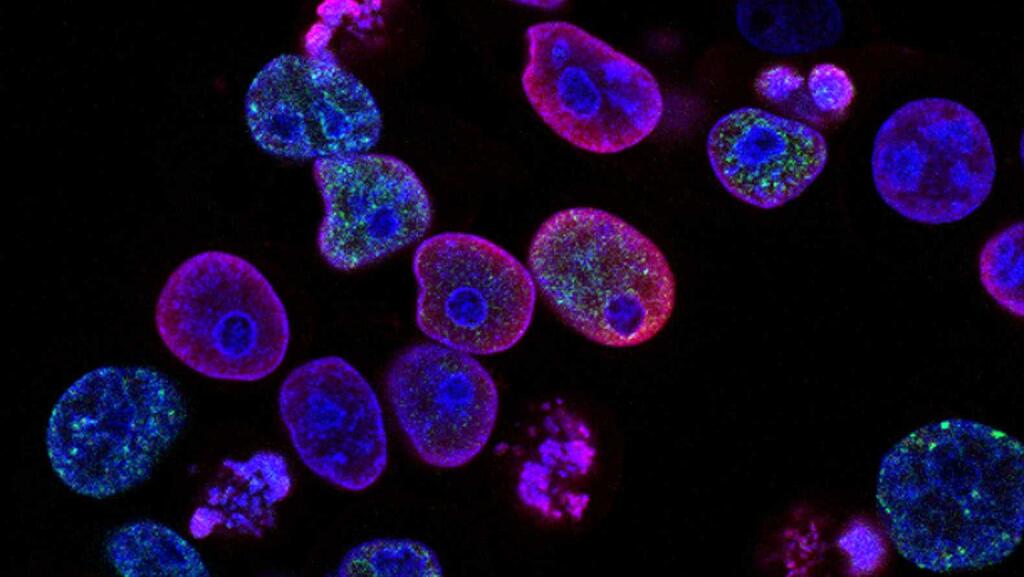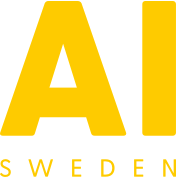Machine learning solution generated in AI Sweden and AstraZeneca challenge highlighted by Nature
With clever use of AI, drug development can be accelerated. This is illustrated by the winning entry to the Adipocyte Cell Imaging Challenge, hosted by AI Sweden and biopharmaceutical company AstraZeneca earlier this fall. Prestigious science journal Nature recently featured that very solution in an article with the headline "AI spots cell structures that humans can't", while highlighting that AstraZeneca has already started using the models in the drug development process.

The premise when AI Sweden and AstraZeneca challenged experts in machine learning was straightforward: Help us find a way to avoid toxic preprocessing of cell cultures when testing new drugs.
The winning entry by the HASTE team makes use of one of the machine learning based technologies featured in Nature's article. They used a technology that focuses on collecting data points to create an overview of the cell structure, while specifically searching for information about the cell's core, so-called privileged information. Thanks to this, it is possible to skip the preprocessing and immediately gain an understanding of how the cell is structured and reacts to new drugs. Shortly after the winning team was announced, the algorithms were already adopted by AstraZeneca in robotic-microscopy experiments with the aim of developing new drugs.
For questions, please contact Johanna Bergman, Head of Project Portfolio, at johanna.bergman@ai.se

